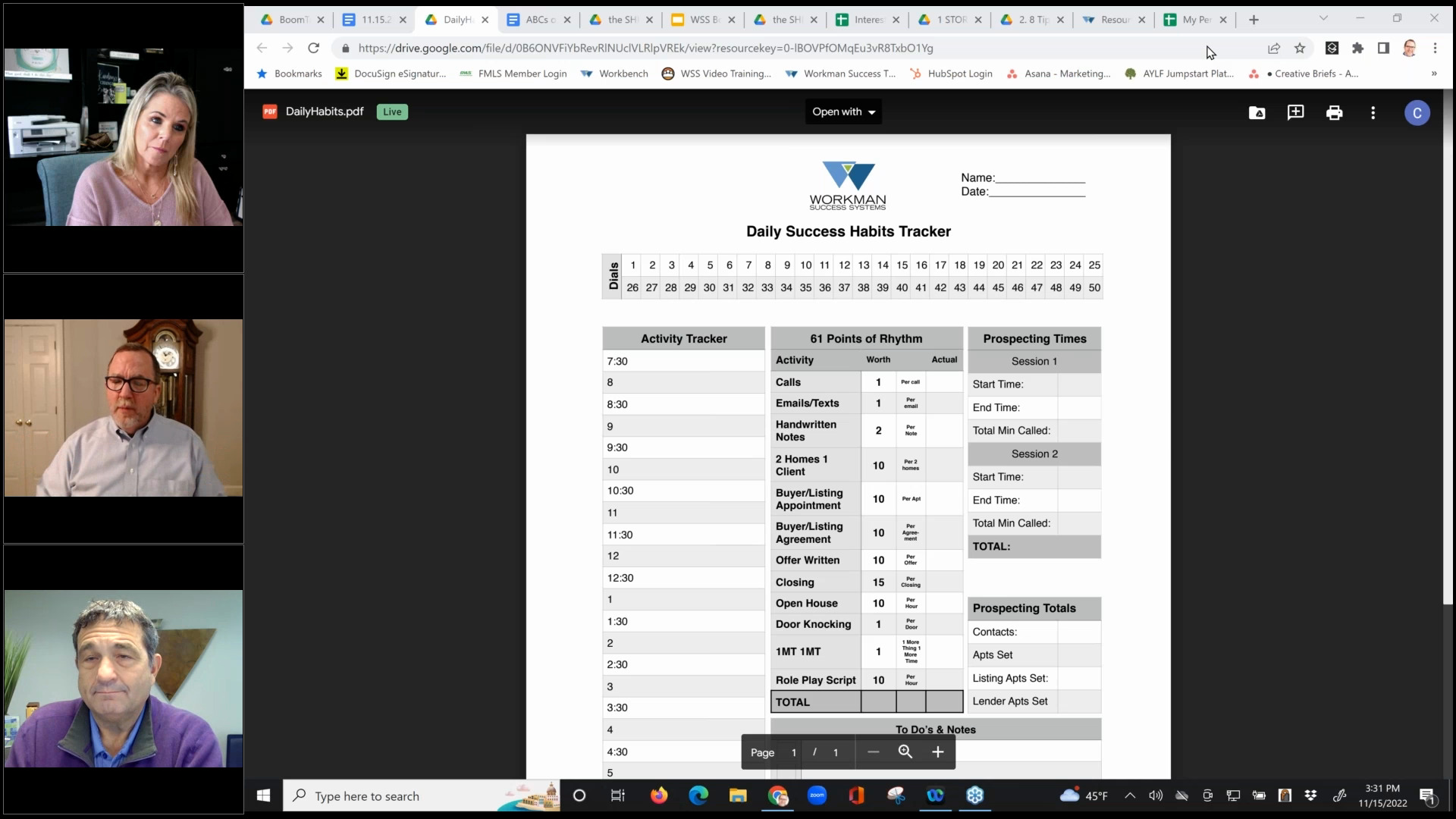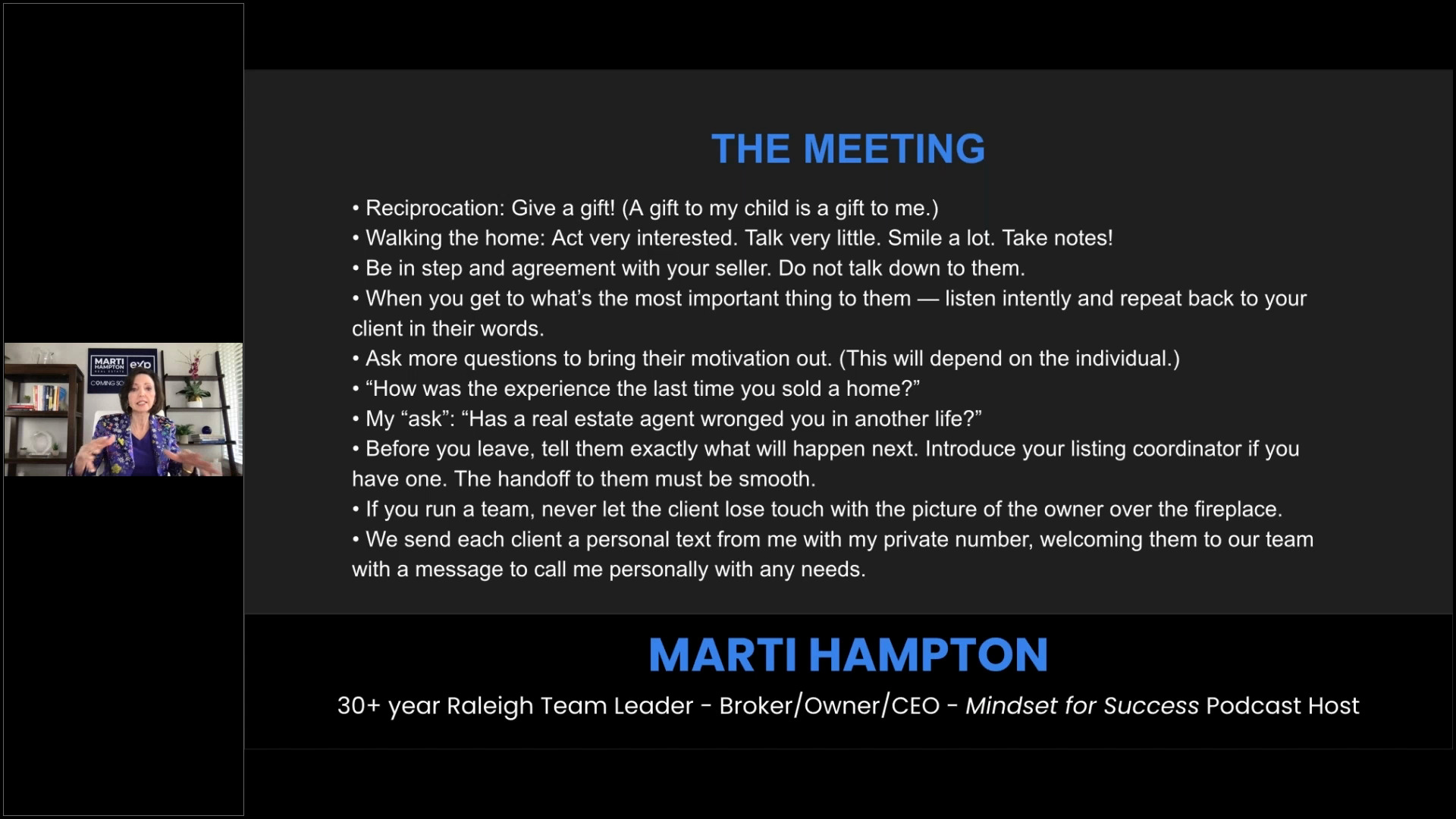
Issue: Virtual boxes (or maybe actual boxes) full of leads you don’t know what to do with right now. Solution: Address the elephant in the room. Take on sections of these leads at a time in a systematic fashion until you know whether to toss, nurture, or act now. BoomTown’s new clients come in the door with databases of all shapes and sizes. From a few leads to tens of thousands, these clients usually ask the same thing about their large databases: what do we do with them now? Follow BoomTown’s lead and create more opportunities that turn into closings. It’s easier than you think if you treat your database like a gold mine, instead of the elephant in the room. This process directly reflects BoomTown’s approach with many of our incoming clients. Let’s say you have a new website, updated your business in some way, or are working with a new type of technology. These changes and transitions are ways to reintroduce yourself to the leads. First, split up your database into sections. The amount of leads in each section is based upon how much you and your team can handle in terms of a response. All this does is enable you to handle the volume of responses and cataloguing leads in waves. Try to do a smaller section first, see how it goes, and then move forward. After your database is split into sections, it is time to re-engage this sleeping giant. We suggest BoomTown’s incoming clients send an email introducing all leads to their new website. These emails are an easy way to re-engage, invite users to visit the site, and to experience the opportunities and tools it provides. How people respond to this email directly impacts your next move. So if you do not have any recent website updates or tools for users to employ, try sending out a contest invite to get people back on your site and searching around. Define “Response:” A response is someone who actually responds to your email, visits your site, enters their email, or gives you a call. We are going to address these sections by people who open the email and respond, those who don’t open the email, and those who open and don’t respond. Let our system take guesswork out of the equation. Enter >> BoomTown’s Predictive CRM The leads who choose to open a re-engagement email and visit your site need to be addressed specifically by what actions they take. Those leads who engage with your website and are browsing homes, several web pages, etc. need to be called and checked-in on. Load these contacts into a dialer and run through the list to find specifically what stage they are at or what they are looking for. Article: Real Estate Phone Dialers — Increase Prospecting by 183% If they answer the calls or call back, further segment and tag those leads accordingly. Assign them to drip campaigns specific to their segments. For example these could be hot lead, still looking, two-years out, etc. Your goal is to gauge their interest in phases. Remember this is why taking sections of your database is important. In order to give each opportunity a chance you need to take things at a pace that works with your business. If you don’t have any support staff for example, this will take a bit longer, but is completely possible. Learn more about Mojo Dialer and Smart Prospecting here. Depending upon how you gauge the interest of your leads, the next logical step is to proceed accordingly. Your database should be a mix of segments addressing those who: All of these segments you should further tag each sub-group with labels such as “first time homebuyer,” “second home,” “investment property,” price ranges, and other important preferences for your area. Each group needs to have an email drip campaign associated with it. If someone does not want to act now, but is actively looking, start then on a drip plan that includes E-alerts for their search preferences. Use The Scripts In This Post: 7 Emails You Need to Send to Real Estate Leads The key in this process is to never leave a lead hanging. They need a direct path from first contact to closing table or farewell. And in order to do this you need to establish a lead database maintenance schedule. Whether it is quarterly, biannual, or an annual closet clean out of undefined contacts, put it in the books. If you, like most people, don’t have a ton of time to patiently wade through unknown leads, then choose your slow time of year to address these contacts. The good news is like any good closet clean out, it will leave you feeling liberated and free from the weight of a heavy database. No more lurking leads in the corner. For more information on how you can manage a growing database, look into the BoomTown platforms. A solution for every team size, we have the experts ready to help you sift through your database and grow with those opportunities on a daily basis.Step One: Split Up Your Database Into Sections
Step Two: Re-Engage Your Audience Sections
Step Three: Segment These Leads Based On Response
Step Four: Address Real Estate Lead Responses
Step Five: Continue to Monitor
Step Six: Set-Up a Maintenance Schedule



